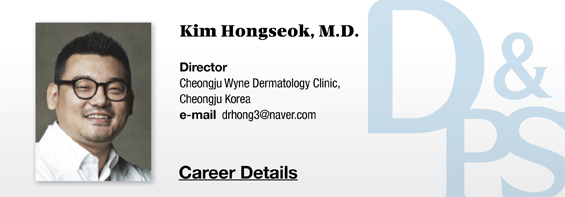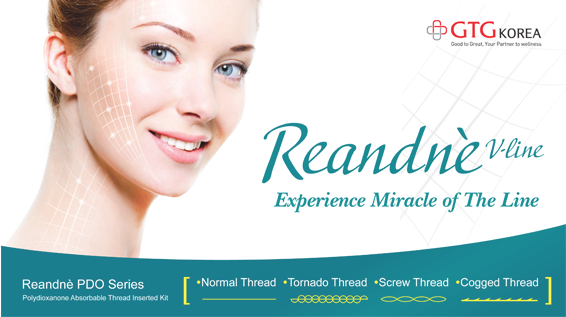

In MARK pathway, GTP targets Ras and AP-1. The antiapoptotic effect of EGCG in UV-exposed keratinocytes increased the expression of Bcl-2 (antiapoptotic molecule) and reduced proapototic protein Bax. EGCG induces increase of IL-12, which promotes synthesis of enzymes that help DNA recovery from UV damage.
EGCG reduces immunosuppression triggered by UV exposure by inhibiting expression of CD11b in the cell membrane which activates macrophages and neutrophils. An animal study in mice found that EGCG lowers the expression of UV-induced AP-1 and NK-κB and inhibits MMP which is known to cause UV-induced collagen loss.
Many experiments found that GTP had limited efficacy when used topically on human skin. This may be due to the difficulty of designing a study that examine the preventive effect of green tea on skin aging. Despite lack of scientific data in this regard, topical use of GTPs along with a sunblock is thought to protect the skin from UV-induced damage. Topical application of green tea components helps improve rosacea and prevent retinoid dermatitis and pigmented lesions.
[Advertisement] Reandnè Thread Series – Manufacturer: GTG KOREA(www.gtgkorea.com)
Silymarin
Silymarin is a naturally occurring polyphenol flavonoid derived mainly from the seeds of Silybum marianum milk thistle. For over 2,000 years, milk thistle has been used as a medicinal ingredient. Today, it’s used as a hepatoprotective ingredient in Europe and Asia. Silybin, the main ingredient of silymarin, is biologically the most powerful antioxidant and has anti-inflammatory and anticancer actions.
Topical application of silybin immediately after UV exposure increases p53-p21/Cip1 which is thought to play an important role in inhibiting the expression of thymin dimer-positive cells in the UV-damaged epidermis, cell differentiation and apoptosis. Studies report that silybin can be used to promote apoptosis triggered by UV and recognize UVB-induced damage.
Silymarin also shows protective effect against skin cancer. In an animal study involving mice, topical silymarin was found to inhibit immune response and oxidative stress after UV exposure.
-To be continued




















